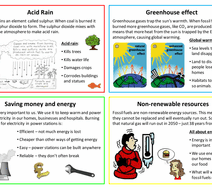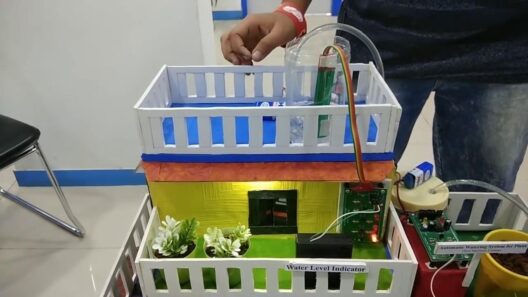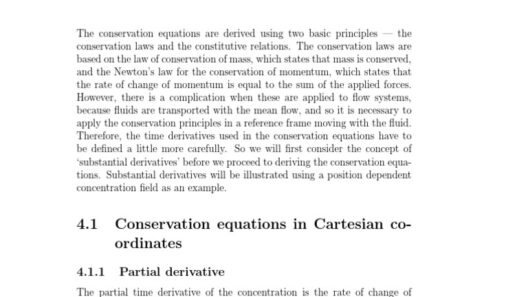Energy conservation is paramount in modern society, especially in the realm of fluids and systems. It plays a critical role in mitigating the effects of climate change and promotes sustainability. When pondering energy conservation, one might playfully ask, “How many ways can we save energy while keeping our systems efficient?” This rhetorical question invites an exploration of various methods and subsequently introduces the challenge of integrating these techniques within existing frameworks.
Understanding energy conservation begins with a grasp of the fundamental principles involved in fluids and systems. The concept revolves around the first law of thermodynamics, which states that energy cannot be created or destroyed; it can only change forms. Thus, any effort to conserve energy must consider how energy flows through systems, whether they be mechanical, thermal, or fluidic.
In engineering contexts, the actions taken to minimize energy wastage in fluids hinge upon two main factors: fluid dynamics and thermodynamics. Fluid dynamics focuses on the behavior of fluids, including liquids and gases, while thermodynamics deals with the relationships between heat and other forms of energy. The interplay of these disciplines is vital for understanding how to conserve energy effectively.
One of the simplest yet most effective strategies for energy conservation in fluids is insulation. High-performance insulation reduces heat transfer, which is crucial in systems such as water heating. Insulating pipes and storage tanks minimizes energy loss, enhancing efficiency by retaining the desired temperature. However, the challenge remains: how can one select the appropriate insulation material that balances thermal performance with minimal environmental impact?
Another essential technique in energy conservation involves optimizing flow rates within systems. This principle applies not only to large industrial applications but also to residential ones, such as water usage in homes. By utilizing variable frequency drives (VFDs), it is possible to adjust motor speeds according to demand. This not only enhances efficiency but also prevents unnecessary energy consumption. The playful question becomes: how can we train ourselves to better understand the need for such adjustments in our daily lives?
Moreover, the geometric design of piping systems can substantially affect energy loss. Employing smooth, well-designed piping can minimize frictional losses, enhancing the overall efficiency of the fluid system. Engineers face a compelling challenge here—the need to balance design complexity with cost-effectiveness while still adhering to energy conservation goals.
Thermal energy recovery systems represent another innovative approach to conserving energy in fluid systems. For example, heat exchangers utilize waste heat from one process to preheat fluids in another, drastically reducing fuel consumption. In essence, these systems manifest the principle of circular economy, where energy is reused rather than wasted. However, the complexity of implementing such systems raises questions about feasibility. Can we realistically apply these innovative solutions on a large scale without incurring prohibitive costs?
The integration of smart technologies in fluid systems has emerged as a significant trend in energy conservation. Smart meters and advanced sensors assist in monitoring and controlling energy use. Through real-time data analysis, systems can autonomously adjust parameters to optimize efficiency. This technological advancement introduces a playful question: how can we ensure that human oversight does not become obsolete while we embrace these intelligent systems?
Addressing the role of renewable energy sources is equally pivotal. Using tools like solar water heaters and geothermal systems can yield significant energy conservation benefits. These technologies harness natural energy flows, reducing reliance on fossil fuels. Yet, the challenge lies in the initial investment required. Will the long-term savings advocate for such upfront costs? Can we mobilize enough support for these means to mitigate the environmental footprint?
It is vital to consider policy and regulatory measures that support energy conservation in fluids and systems. Governments worldwide are increasingly recognizing the necessity of energy-efficient practices and may implement incentives for individuals and companies that adopt these principles. As stakeholders in the ecosystem of energy conservation, how do we collectively advocate for systematic change with the voices of those who invest in sustainable practices echoed in policy decisions?
Incorporating educational initiatives into the conversation about energy conservation can also positively influence public behavior. By raising awareness about the importance of energy conservation and the immediate effects of energy wastage, individuals can take measurable actions within their own environments. Herein lies a potential challenge: how can organizations foster a culture of energy mindfulness that resonates across diverse demographics?
In conclusion, energy conservation in fluids and systems is a multifaceted issue intimately connected with sustainability and climate change response. From optimizing thermal processes through insulation and flow rate adjustments to leveraging smart technologies and renewable resources, the spectrum of strategies is broad. Each method invites inquiry and introspection, addressing playful questions about our commitment to energy conservation and the associated challenges. By fostering collaboration among stakeholders, embracing innovative technologies, and promoting awareness, significant strides can be made in conserving energy, ultimately benefiting our planet.







